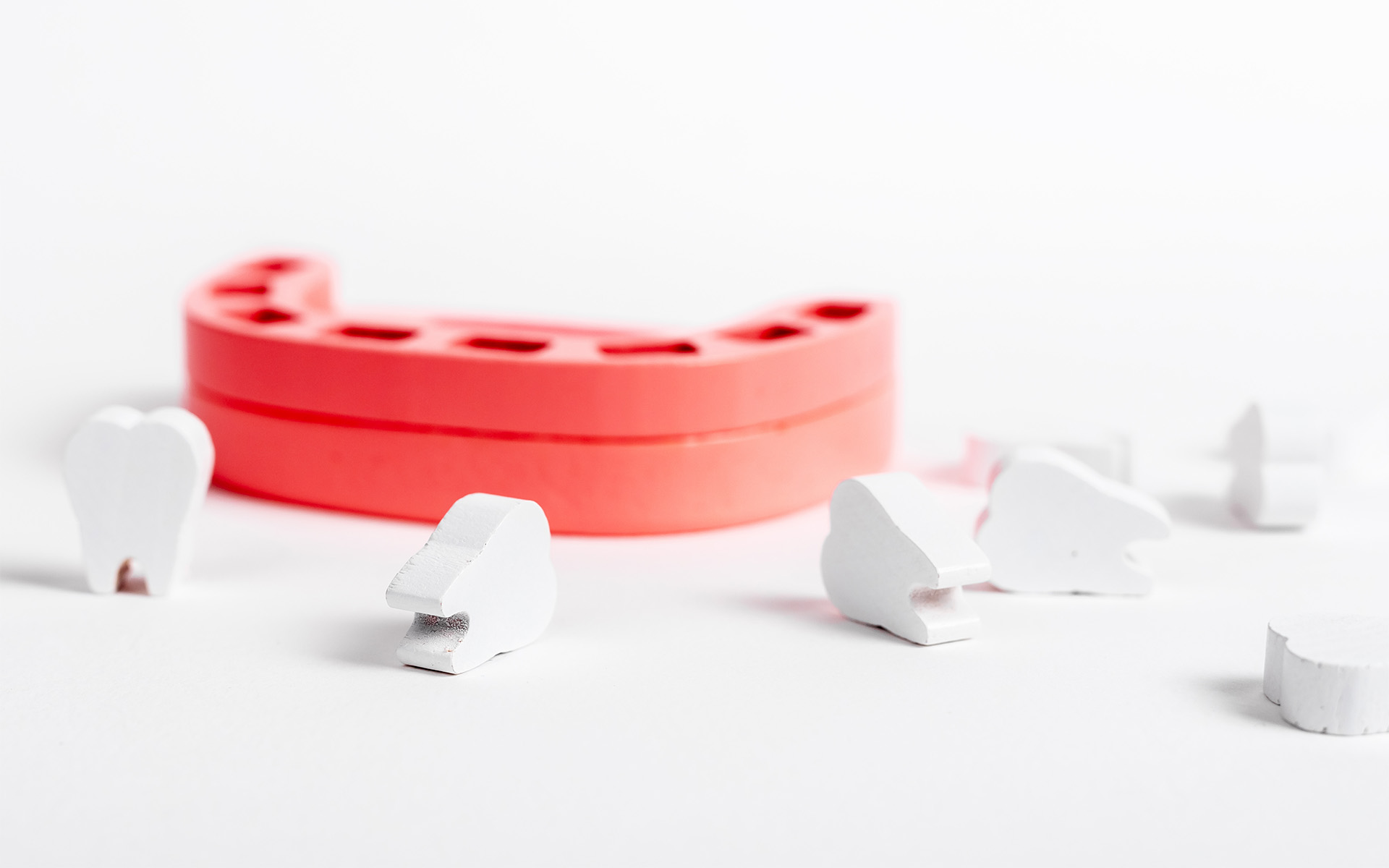
What is Dental Agenesis (Tooth Missing)?

Dental agenesis is a condition in which a person is born without some of their teeth. In other words, some teeth are not developed at all. Dental agenesis can involve both primary (baby) and permanent (adult) teeth. However, it most commonly affects permanent teeth. "Dental agenesis" is also the medical term for missing teeth in general.
There are three main types of dental agenesis: anodontia, hypodontia, and oligodontia.
- Anodontia: Complete absence of teeth.
- Hypodontia: Absence of one to six teeth.
- Oligodontia: The absence of six or more teeth.
Dental agenesis can occur in any part of your mouth. However, the most commonly missing teeth in people with dental agenesis are:
- Lower second premolars (teeth just in front of the lower molars).
- Upper second premolars (teeth just in front of the upper molars).
- Upper lateral incisors (small teeth on either side of your upper two front teeth).
Your missing teeth can make it difficult to eat and talk. It can also lead to insufficient bone growth, which can make your jaw look smaller than it should be.
What are the Symptoms of Dental Agenesis (Tooth Missing)?
The main symptom of dental agenesis is missing teeth. People with this condition sometimes also experience:
- Small, peg-shaped teeth.
- spaces between their teeth.
- Taurodontic teeth (large, rectangular teeth with extremely wide sockets).
Dental agenesis is also a manifestation of some genetic disorders such as ectodermal dysplasia. People with ectodermal dysplasia may have:
- hair thinning,
- nail abnormalities,
- Lack of sweat glands
- poor vision,
- Hearing loss.
What are the Causes of Tooth Agenesis (Tooth Missing)?
An abnormality in the dental lamina often causes dental agenesis. The dental lamina is a band of tissue under your gums where your teeth form. Statistically, family history is responsible for most cases of dental agenesis. But other factors can also cause it.
Parents have the potential to pass dental agenesis to their children through gene transfer. Depending on the gene responsible, inheritance may follow different modes. Your physician identifies genetic disorders by looking at two copies of a gene from each biological parent, as the case may be.
People inherit dental agenesis in one of four ways:
- Autosomal dominant: Only one copy of an abnormal gene (from both biological parents) is required for dental agenesis to develop.
- Autosomal recessive: Two copies of an abnormal gene (one from each biological parent) are required for dental agenesis to develop.
- X-linked dominant: There is one dominant abnormal gene on the X chromosome. That is, a person who is designated male at birth and has X-linked dental agenesis will pass this gene on to all their daughters.
- X-linked recessive: There are one or two recessive abnormal genes on the X chromosomes. Therefore, after birth, the person has a 50% chance of having a child with dental agenesis.
Dental agenesis can also occur with other health conditions, including:
- cleft lip or cleft palate
- Genetic disorders such as ectodermal dysplasia or Down syndrome
- low birth weight
- Infectious diseases such as rubella or candida
How Is Dental Agenesis Treated?
Dentists treat dental agenesis with orthodontics or tooth replacement treatments. Some of the treatment methods for missing teeth are:
- Denture
- dental bridges
- dental implants
- Orthodontic treatments such as braces
Children with dental agenesis often wear partial dentures until they are old enough for other treatments.